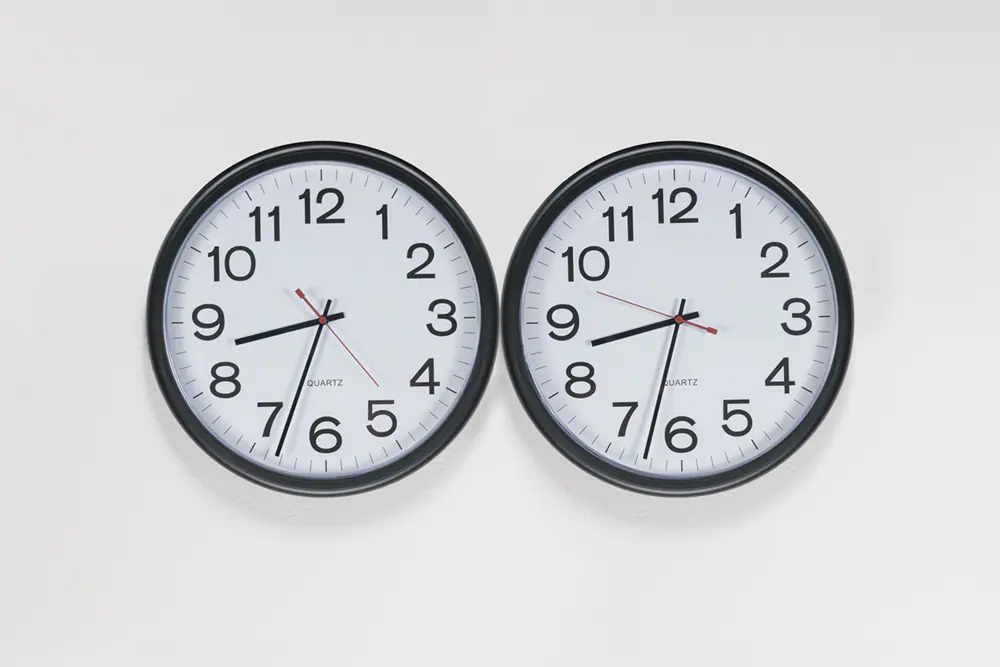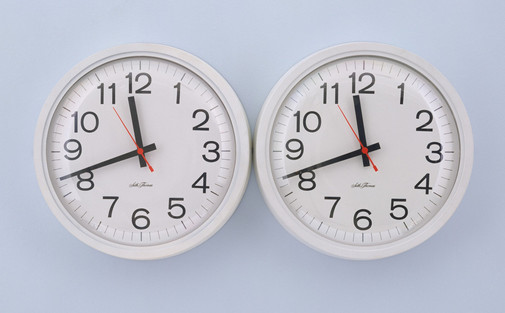An addition to SJ. 09 TIME - DESIGN - PERFECT LOVERS
- Sentimental Journal Magazine

- 30 jan 2024
- 2 minuten om te lezen
Bijgewerkt op: 31 jan 2024
Felix Gonzales-Torres (1957-1996) was a Cuban artist, and despite his short career, he was prolific, conceiving world-famous artworks that can be categorised as 'relational art.' In fact, the artist very often invited viewers to be part of his work through the use of various objects, leading him to the practice of the ready-made.
Gonzales Torres' works are minimalist but charged with deep meaning that shifts in this way from an intimate and personal dimension to a public and collective one.
The main source of inspiration for his art was certainly his partner Ross, who died five years before the artist himself.
The just described characteristics of Felix Gonzales Torres' poetic art can also be found in this piece: 'Untitled' (Perfect Lovers).
An installation proposed several times with minimal variations, it consists of two perfectly identical and synchronised commercial wall clocks, which are placed side by side, touching each other. They may inevitably fall out of sync during the course of the exhibition, due to dead batteries, and then be replaced, becoming set to the same time again, potentially endlessly. What differentiates Perfect Lovers from two ordinary wall clocks is not something material, but it concerns the meaning assigned to them. They then become a metaphor for a bond that transcends the objects themselves — Ross is dead, but the love that was and is between them remains: 'We are synchronised, now and forever'.
Words by Asia Pedron
TITLES
1. Felix Gonzalez-Torres, 'Untitled' (Perfect Lovers), 1987-1990. Wall clocks.
Owned by: Dallas Museum of Art; Glenstone, Potomac; Wandsworth Atheneum, Connecticut; private collection.
© Felix Gonzalez-Torres. The Felix Gonzalez-Torres Foundation (Edition of three, plus one artist's proof).
2. Felix Gonzalez-Torres, 'Untitled' (Perfect Lovers), 1991. Wall clocks and paint on wall.
Owned by Museum of Modern Art, New York | http://www.moma.org
© Felix Gonzalez-Torres. The Felix Gonzalez-Torres Foundation (Unique edition).
Most recent version, following Laycock's death.
It includes light-blue paint that can be used to paint the wall where the installation is displayed.
Read more about time, craft, art, design, and much more in our issue 09. TIME.
Also available in its digital version.







Opmerkingen